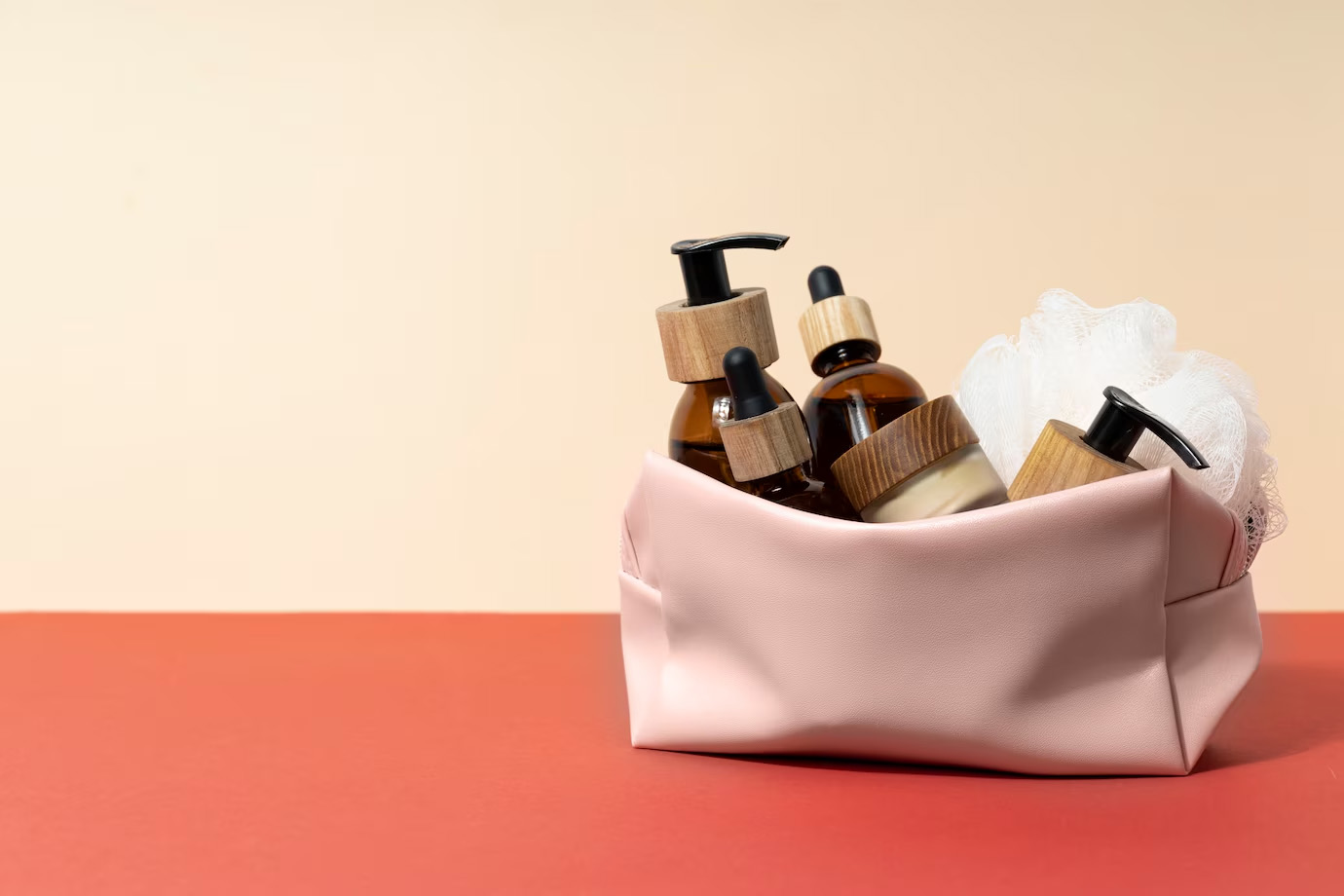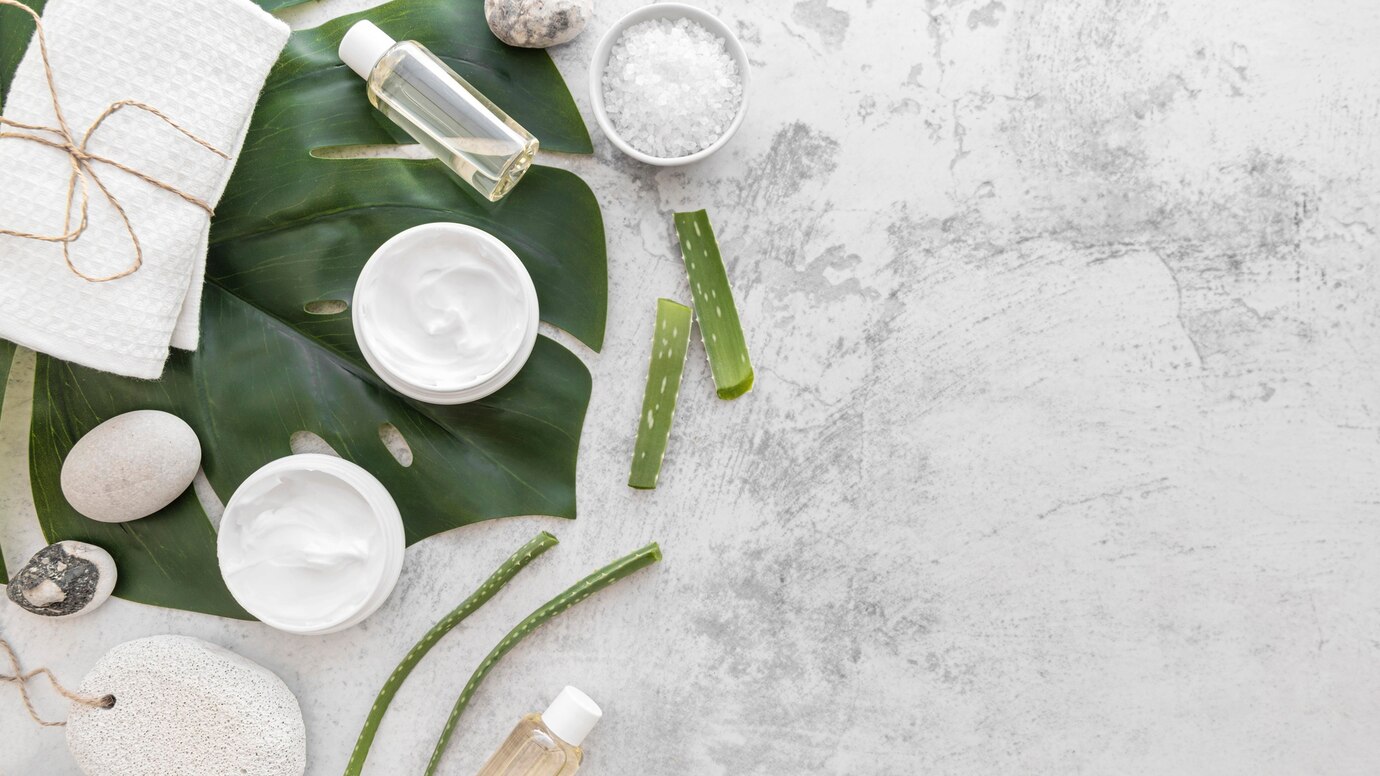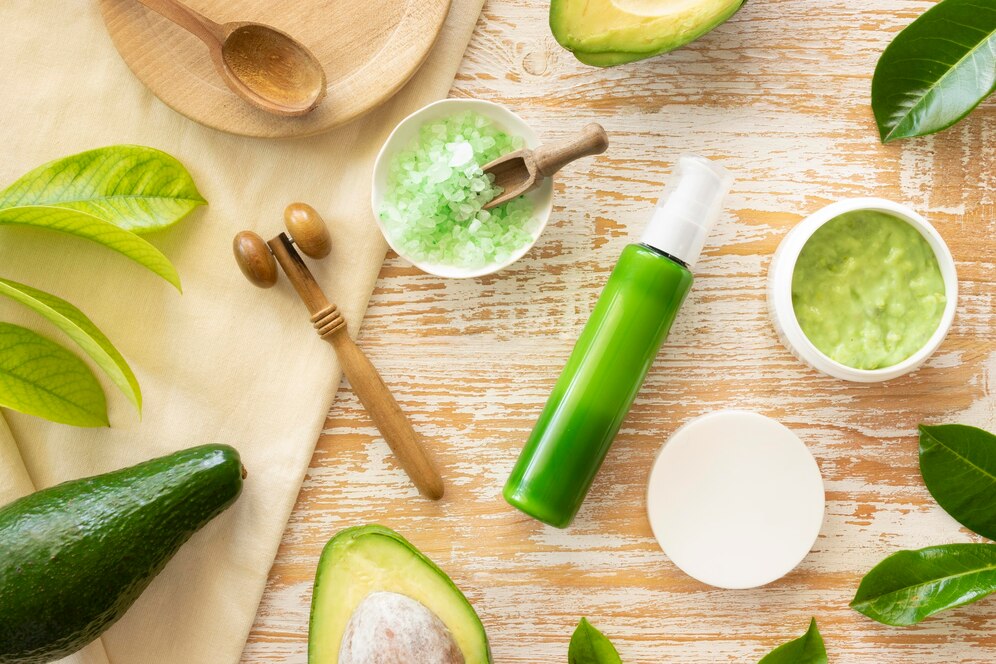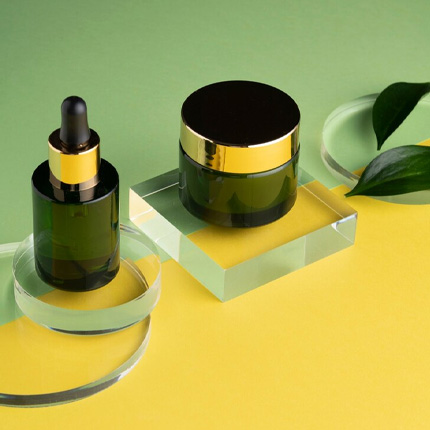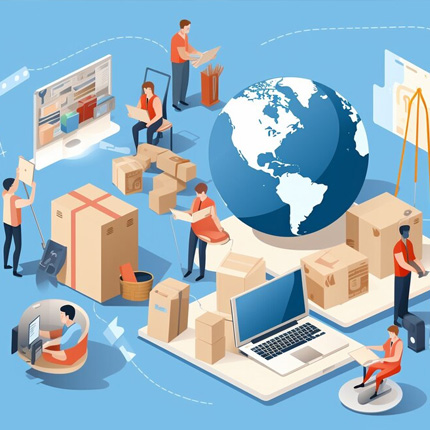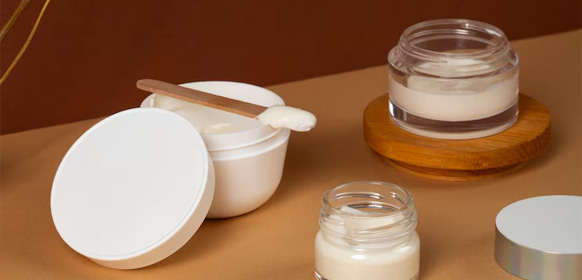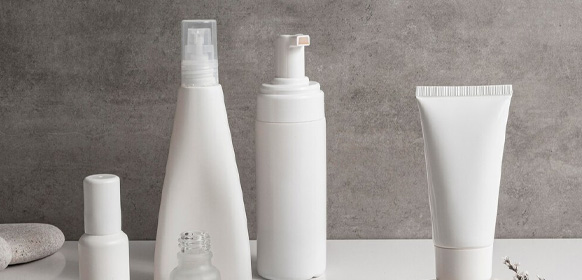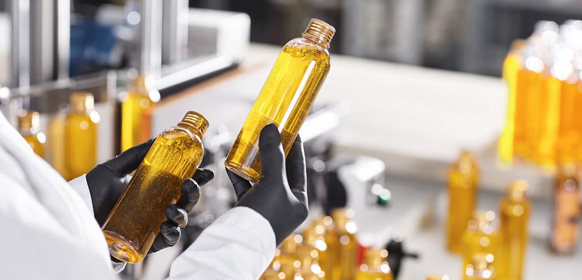
In an era defined by globalization, Original Equipment Manufacturing (OEM) partnerships have become a cornerstone of brand growth. For businesses seeking to expand into new markets, collaborating with OEMs offers a strategic advantage—access to expertise, scalable production, and cost efficiency. However, navigating cross-cultural collaborations presents unique challenges. Cultural nuances, regulatory landscapes, and consumer preferences vary widely, demanding a delicate balance between maintaining product quality and adapting to local demands. This article explores how OEMs like Guangzhou Huanyan Cosmetics Co., Ltd.—a leader in skincare, hand care, and Foot care manufacturing—bridge these gaps. By focusing on quality assurance, localized innovation, and regulatory compliance, OEMs empower brands to thrive globally while preserving their core identity.
The Globalization Imperative: Why Cross-Cultural OEM Matters
The skincare, hand care, and personal care industries are increasingly borderless. Consumers in Tokyo, Paris, and São Paulo expect products tailored to their lifestyles, yet brands often lack the infrastructure to produce these goods locally. OEMs act as intermediaries, merging global brand vision with regional manufacturing capabilities. For instance, a European brand launching a hand care line in Asia must address differences in climate, ingredient preferences, and packaging expectations. A successful OEM partner must not only replicate the brand’s quality standards but also interpret cultural signals to refine formulations or packaging.
Key Industry Keywords:
- Cosmetics OEM collaboration
- Cross-cultural strategies
- Quality assurance
- Market localization
- Regulatory compliance
Challenges in Cross-Cultural OEM Partnerships
Cultural Interpretation of Quality
Quality is subjective. A “luxurious” skincare product in the Middle East might emphasize hydration for arid climates, while a Western brand prioritizes anti-aging ingredients. OEMs must decode these preferences without compromising safety or efficacy. At Huanyan, this involves in-depth market research and iterative testing with local focus groups.
Regulatory Hurdles
Each region enforces unique regulations. The EU’s strict cosmetic ingredient bans contrast with more flexible guidelines in Southeast Asia. OEMs must maintain up-to-date compliance protocols, ensuring formulations adhere to local laws while aligning with the brand’s global standards.
Supply Chain Complexity
Sourcing ingredients across borders introduces logistical risks. Partnering with OEMs that have established regional supplier networks—like Huanyan’s collaborations with Asian botanical growers—mitigates delays and ensures consistency.
Strategies for Successful Cross-Cultural Collaboration
Leverage Local Expertise Without Losing Brand Identity
OEMs should act as cultural translators, not just manufacturers. For example, when producing hand care products for the U.S. market, Huanyan might suggest adding aloe vera (a trusted ingredient) to a brand’s existing formula, enhancing appeal without deviating from the brand’s core ethos.
Invest in Flexible Production Systems
Modular production lines allow OEMs to pivot between global and regional demands. Huanyan’s state-of-the-art facilities in Zengcheng, Guangzhou, support small-batch customization for niche markets while maintaining economies of scale for mass production.
Prioritize Transparent Communication
Miscommunication often stems from cultural differences in business etiquette. Regular virtual meetings, shared digital dashboards, and bilingual documentation help align expectations. Huanyan’s dedicated account managers bridge language gaps, ensuring seamless project execution.
Case Study: Localizing Hand Care for Emerging Markets
In 2022, Huanyan partnered with a South American brand to launch a line of hand masks targeting urban professionals. The challenge? Balancing the brand’s premium image with affordability. By sourcing locally available ingredients (e.g., Amazonian clay) and simplifying packaging, Huanyan reduced costs by 15% while preserving efficacy. The product became a bestseller, demonstrating how localization can drive market penetration.
The Future of Cross-Cultural OEM: Trends to Watch
Sustainability as a Cultural Bridge
Eco-friendly packaging and cruelty-free certifications are universal selling points. OEMs that integrate sustainable practices into their workflows—like Huanyan’s recyclable material initiatives—appeal to globally conscious consumers.
Data-Driven Market Insights
AI-powered analytics (note: excluded per client request) are replaced by human-led trend analysis. OEMs like Huanyan compile regional consumer reports to guide brands in preempting market shifts.
Post-Pandemic Agility
Supply chain resilience remains critical. OEMs with diversified supplier networks and rapid prototyping capabilities will dominate, as seen in Huanyan’s 2023 expansion into Southeast Asian raw material partnerships.
Conclusion: Building Partnerships That Last
Cross-cultural OEM collaboration is not a transaction—it’s a dialogue. By prioritizing quality, cultural adaptability, and regulatory agility, OEMs like Huanyan empower brands to enter new markets with confidence. As globalization evolves, the ability to harmonize global standards with local needs will define industry leaders.
